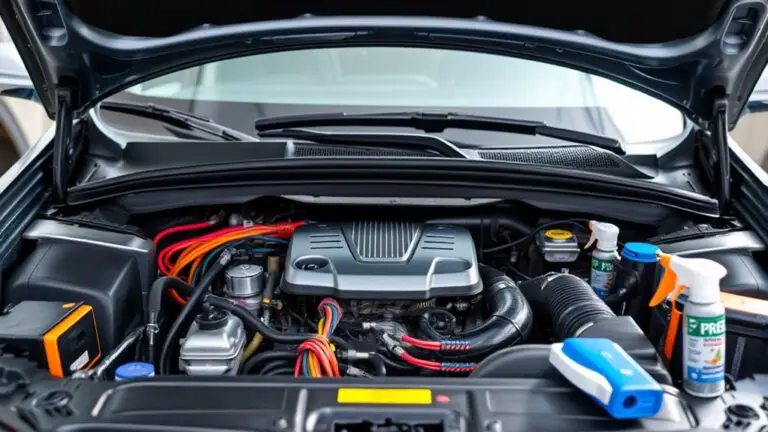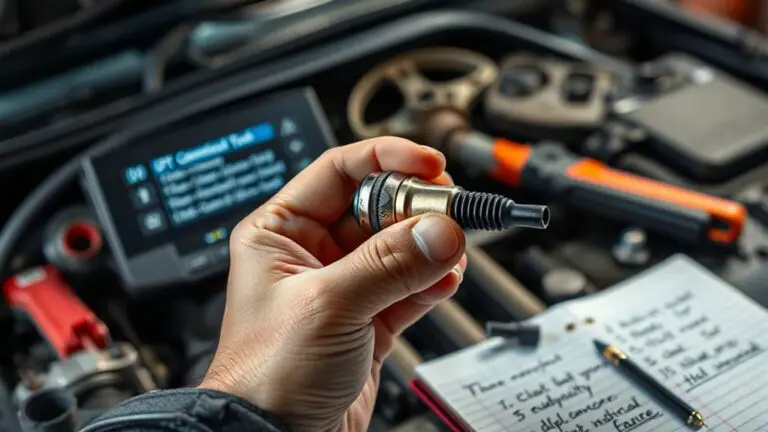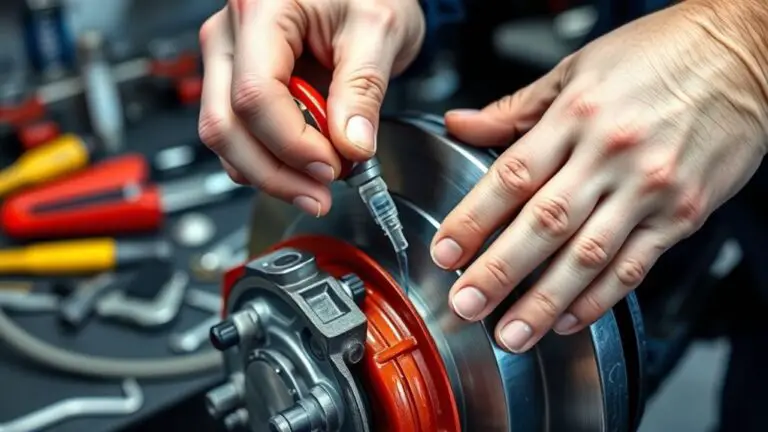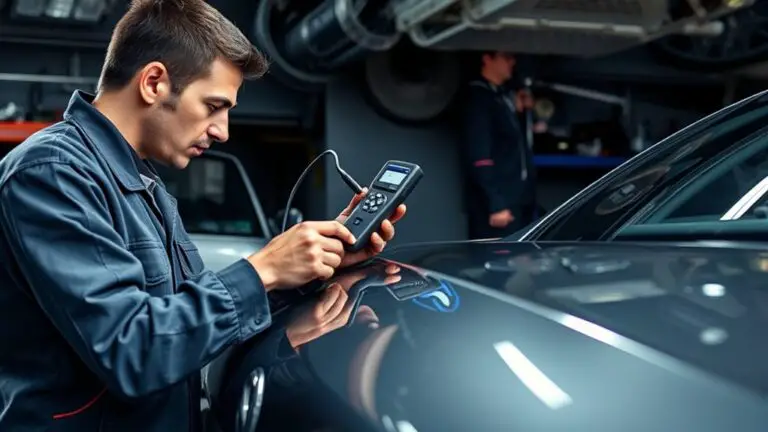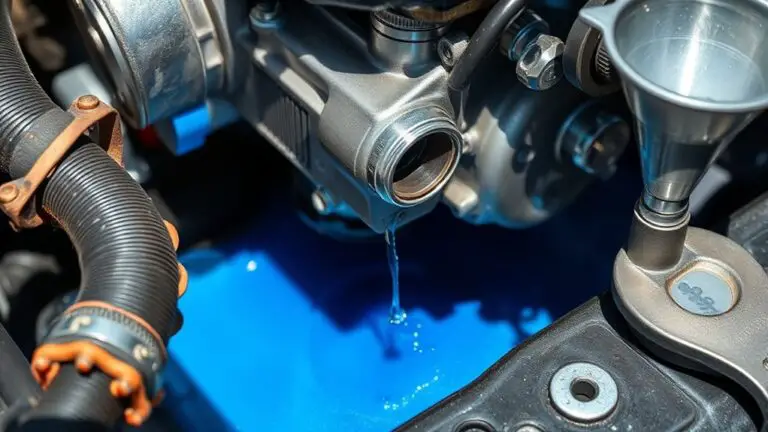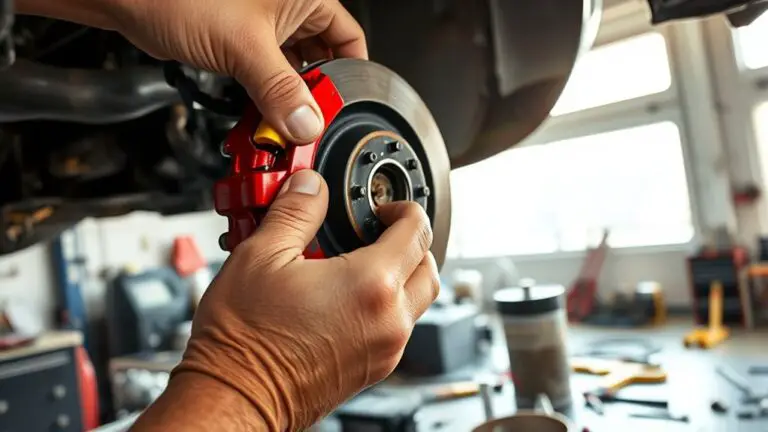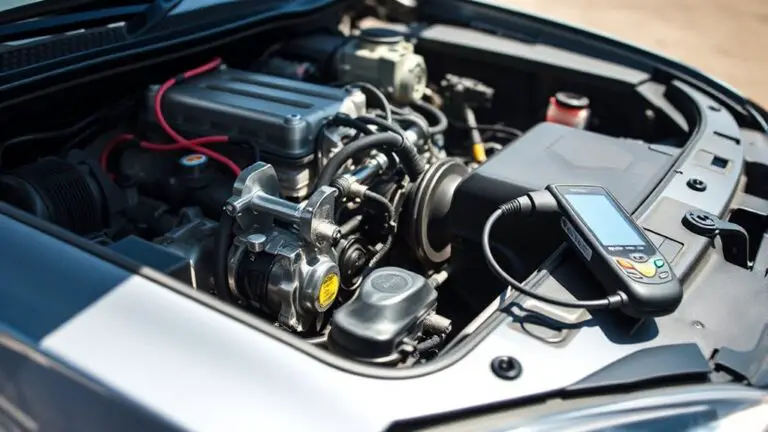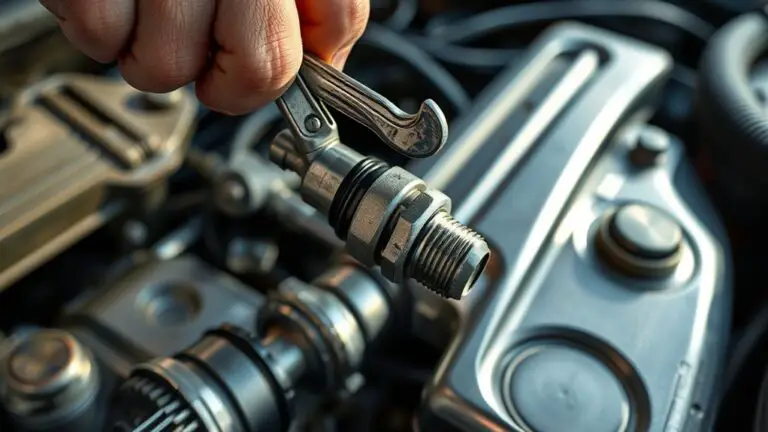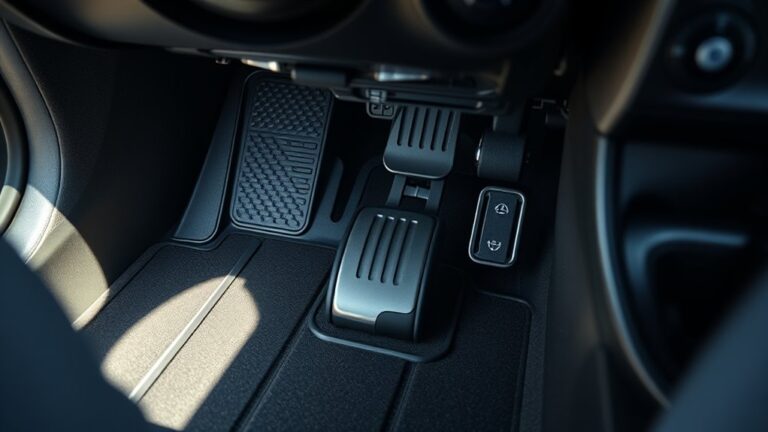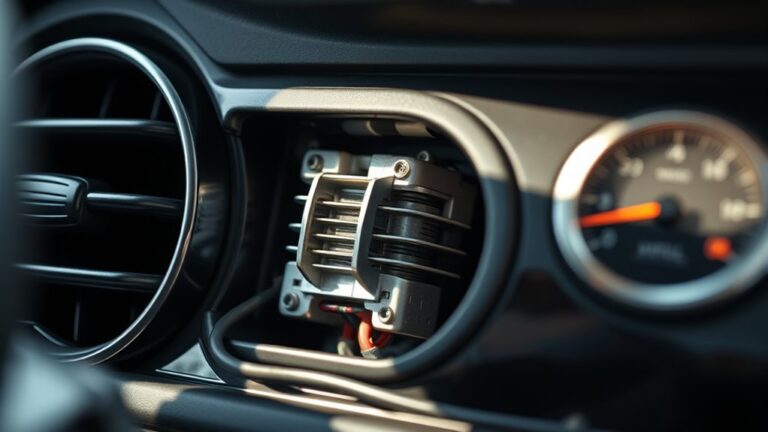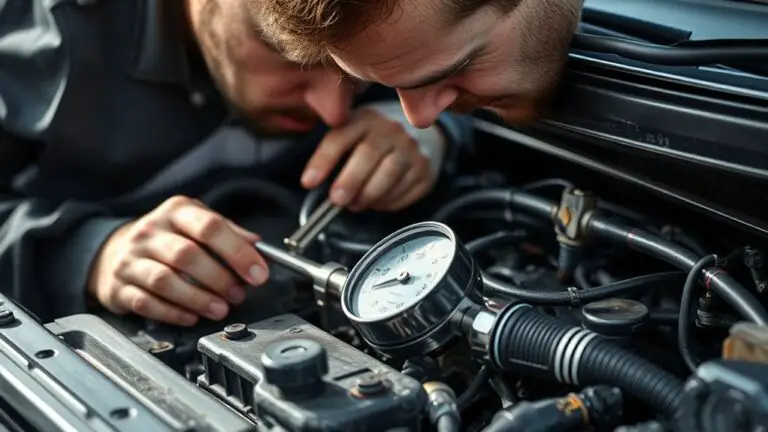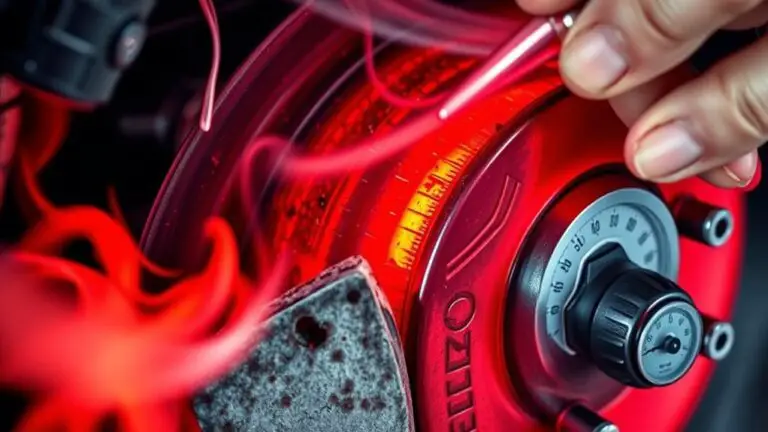Top Causes of Strange Odor From Vents and Preventive Tips
Common vent odors often come from dirty filters and dust buildup, which restrict airflow and trap decomposing particulates. Hidden mold or mildew in damp areas can produce musty smells, while electrical faults may emit faint burning or ozone-like notes. Plumbing issues, blocked vents, or dry traps can draw sewer gases into spaces, and gas or…

